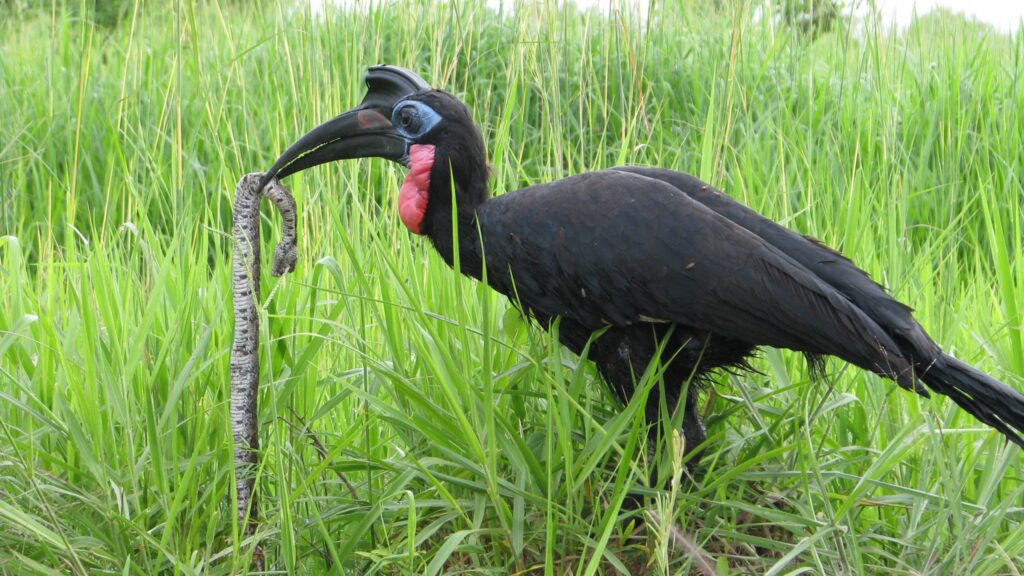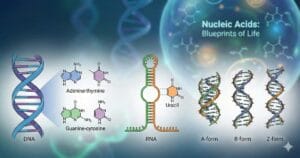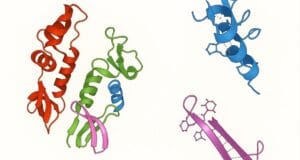
COMPETITIVE EXAM MCQs SERIES of ENVIRONMENTAL SCIENCE for UGC-NET/JRF, SLET, ARS, GATE, and other entrance tests – Environmental Biology – Community Ecology.
Syllabus Outline
- Species diversity and community structure.
- Trophic dynamics and niche theory.
- Interspecific competition (e.g. predation, mutualism, commensalism and parasitism).
- Species coexistence and the ecological consequences of biodiversity loss.
- Role of environmental factors, disturbance, and succession in shaping community composition.
- Ecological models, spatial dynamics, and the application of community ecology principles in conservation and ecosystem management.
This quiz contains the concept-based most frequently asked 25 MCQs of “Environmental Biology – Community Ecology“. Each question has a single correct/most appropriate answer.
*****
1. What is the term for a group of interacting species in a specific area?
a) Population
b) Ecosystem
c) Community
d) Guild
2. What role do allelopathic compounds play in community interactions?
a) Induce symbiotic relationships with fungi
b) Inhibit the growth of neighbouring plants
c) Facilitate mutualistic relationships
d) Attract pollinators for reproductive success
3. How does the concept of apparent competition contribute to our understanding of community dynamics?
a) Species compete directly for resources
b) Indirect competition through shared predators or pathogens
c) Species exhibit mutualistic relationships
d) Competitive exclusion leads to species coexistence
4. What role does the founder effect play in community dynamics?
a) Drives speciation events
b) Enhances genetic diversity in a population
c) Initiates ecological succession
d) Reduces genetic diversity in a new population
5. Assertion (A): The intermediate disturbance hypothesis predicts that moderate levels of disturbance promote higher species diversity.
Reasoning (R): Intense disturbance events exclude many species, while low disturbance allows dominant species to outcompete others.
a) Both A and R are true, and the R is the correct explanation for the A.
b) A is false, but R is true.
c) A is true, but R is false.
d) Both A and R are true, but the R is not the correct explanation for the A.
6. What is the process where two or more species evolve adaptations to one another due to their close ecological interactions?
a) Adaptation
b) Evolution
c) Coevolution
d) Succession
7. Among the following species, which is an example of an ‘r’ selected species?
a) Bacteria
b) Frog
c) Elephant
d) Oaktree
8. How does the Lotka-Volterra model explain predator-prey interactions in a community?
a) Predicts continuous oscillations in predator and prey populations
b) Predators and prey coexist in a stable equilibrium
c) Suggests predators drive prey to extinction
d) Assumes predators and prey do not interact in a community
9. What is the term for the variety of ecosystems on Earth?
a) Biotic potential
b) Genetic drift
c) Species richness
d) Ecological diversity
10. Assertion (A): Disturbance is an essential community diversity driver.
Reasoning (R): Disturbances open up ecological niches, allowing new species to colonize and coexist in a community.
a) A is true, but R is false.
b) Both A and R are true, and the R is the correct explanation for the A.
c) Both A and R are true, but the R is not the correct explanation for the A.
d) A is false, but R is true.
11. How do the principles of island biogeography contribute to our understanding of community composition in isolated habitats?
a) Islands of any size have similar species composition
b) Larger islands always have higher species richness
c) Smaller islands support more diverse communities
d) Both island size and distance from the mainland influence species richness.
12. Assertion (A): Competitive exclusion is a fundamental principle shaping community structure.
Reasoning (R): Two species with similar ecological requirements cannot coexist in the same community for an extended period.
a) Both A and R are true, but the R is not the correct explanation for the A.
b) A is false, but R is true.
c) A is true, but R is false.
d) Both A and R are true, and the R is the correct explanation for the A.
13. How does the principle of competitive exclusion impact community structure?
a) Promotes coexistence of competing species
b) Enhances species diversity
c) Reduces competition among species
d) Leads to the dominance of one species
14. How does the intermediate disturbance hypothesis explain species diversity?
a) Moderate disturbance maximizes diversity
b) High disturbance enhances diversity
c) Disturbance has no impact on diversity
d) Low disturbance promotes diversity
15. How does habitat fragmentation influence species richness and connectivity between populations?
a) Habitat fragmentation always increases species richness
b) Reduced connectivity leads to isolated populations and decreased biodiversity
c) Fragmentation has no impact on biodiversity
d) Fragmentation enhances population connectivity and species diversity
16. Assertion (A): Succession is a dynamic process that influences community development over time.
Reasoning (R): Primary succession occurs on pre-existing, previously occupied sites.
a) Both A and R are true, and the R is the correct explanation for the A.
b) Both A and R are true, but the R is not the correct explanation for the A.
c) A is false, but R is true.
d) A is true, but R is false.
17. How does resource partitioning contribute to coexistence in a community?
a) Facilitates predation among different trophic levels
b) Drives species to extinction
c) Reduces niche overlap, allowing species to share resources
d) Promotes competition among species
18. How does the bottom-up control of community structure differ from top-down control?
a) Bottom-up control emphasizes primary producers, while top-down control focuses on consumers.
b) Predators influence bottom-up control whereas resource availability shapes top-down control.
c) Both terms describe identical ecological processes.
d) Bottom-up control begins with abiotic factors, while top-down control stems from trophic interactions.
19. How does the order of species arrival influence the composition and structure of a community over time?
a) Arrival order has no impact on community composition
b) Early arriving species have a lasting impact on community structure
c) Species arrival is random and has no lasting effects
d) Late arriving species always dominate in community assembly
20. How does environmental filtering effect community assembly?
a) Environmental filtering restricts certain species from establishing in a community
b) Species assembly is random and unaffected by environmental factors
c) Competition for resources is the primary driver of community assembly
d) Environmental filtering promotes the coexistence of species
21. How does climate change affect community interactions and species distribution?
a) Altered precipitation patterns influence community dynamics
b) Climate change has minimal impact on community structure
c) Changing temperatures do not affect community interactions
d) Species distributions are unaffected by climate change
22. What is the primary driver of biodiversity in a community?
a) No disturbance
b) Moderate disturbance
c) Low disturbance
d) High disturbance
23. What does the term biotic potential refer to in population ecology?
a) Number of predators in a community
b) Maximum reproductive capacity of a species
c) Rate of decomposition in an ecosystem
d) Genetic diversity within a population
24. Assertion (A): Keystone species play a crucial role in maintaining biodiversity within a community.
Reasoning (R): Keystone species have a disproportionately large impact on community structure and function compared to their abundance.
a) A is true, but R is false.
b) Both A and R are true, but the R is not the correct explanation for the A.
c) Both A and R are true, and the R is the correct explanation for the A.
d) A is false, but R is true.
25. Which term describes a single species exploiting different resources or occupying different niches within a community?
a) Mutualistic coexistence
b) Successional adaptation
c) Niche partitioning
d) Competitive exclusion
*****
Previous: Population ecology
Next: Biodiversity and its conservation
References
- Singh, R. B., and Sinha, R. K. (2017) Environmental Science: Earth as a Living Planet, Khanna Publishers, 1st edition.
- Sharma, P. D., and Jha, R. (2017) Environmental Biology, Rastogi Publications, 1st edition.
- Odum, Eugene P. (1993) Ecology and Our Endangered Life-Support Systems, Sinauer Associates Inc., 3rd edition.

